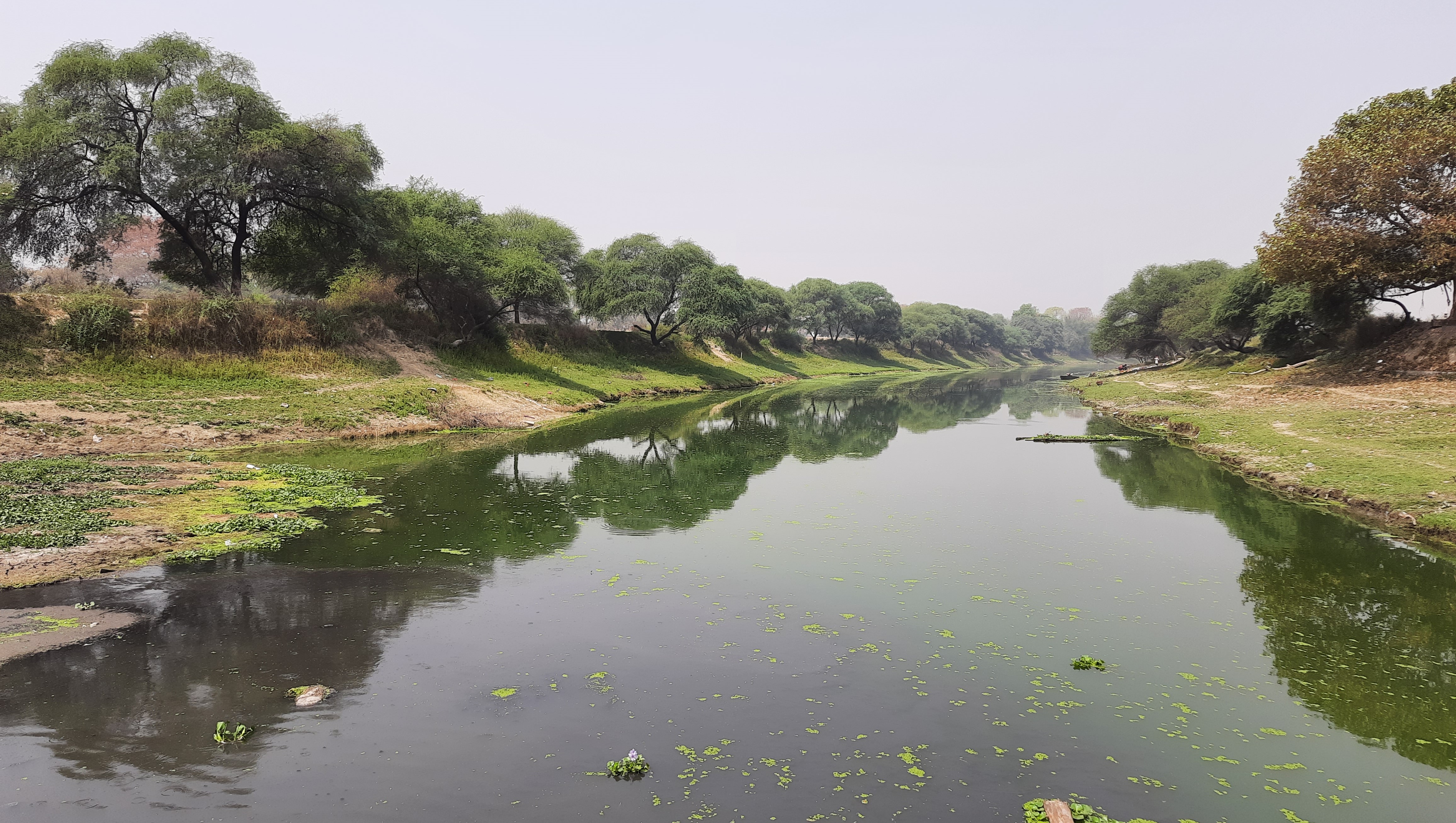
Water Conservation
Water Management:
Ensuring Sustainable Use and Availability
Water management is a critical aspect of environmental stewardship, public health, and economic development. It involves the strategic planning, development, distribution, and management of water resources in a way that meets the needs of present and future generations. Water management is not just about ensuring that there is enough water for human consumption; it also encompasses the protection of water sources, the efficient use of water in agriculture and industry, the management of wastewater, and the conservation of aquatic ecosystems.
The Global Water Crisis
The world is currently facing a water crisis, characterized by a growing disparity between water demand and availability. According to the United Nations, nearly 2 billion people live in areas of high water stress, where the demand for water exceeds the available supply. This situation is expected to worsen due to factors such as population growth, urbanization, climate change, and increasing water pollution.
Population growth and urbanization are leading to increased water demand for domestic, industrial, and agricultural use. Cities are expanding rapidly, often at the expense of natural water bodies like rivers, lakes, and wetlands. This expansion not only reduces the available water resources but also increases the amount of wastewater that needs to be treated and managed. In many parts of the world, water infrastructure is aging and inadequate, leading to significant losses through leaks and inefficiencies.
Climate change is further exacerbating water scarcity by altering precipitation patterns, increasing the frequency and intensity of droughts and floods, and causing glaciers and snowpacks to melt at unprecedented rates. These changes disrupt the natural water cycle, making water availability more unpredictable and unevenly distributed. For example, some regions may experience prolonged droughts, while others may face devastating floods, both of which can have severe impacts on water resources and the communities that depend on them.
Water pollution is another major challenge, with industrial discharge, agricultural runoff, and untreated sewage contaminating rivers, lakes, and groundwater sources. Polluted water not only poses a risk to human health but also degrades aquatic ecosystems and reduces the availability of clean water for various uses. In many developing countries, the lack of adequate sanitation and wastewater treatment facilities exacerbates the problem, leading to widespread waterborne diseases and environmental degradation.
Principles of Sustainable Water Management:
Sustainable water management seeks to address these challenges by promoting the efficient and equitable use of water resources while ensuring the long-term health of aquatic ecosystems. The following principles are central to this approach:
1. Integrated Water Resources Management (IWRM): IWRM is a holistic approach that considers the interconnections between water, land, and ecosystems. It involves coordinating the development and management of water, land, and related resources to maximize economic and social benefits in an equitable manner without compromising the sustainability of vital ecosystems. IWRM emphasizes the need for stakeholder participation, cross-sectoral coordination, and the consideration of both surface water and groundwater in water management planning.
2. Water Conservation and Efficiency: Reducing water waste and improving water-use efficiency are fundamental to sustainable water management. This involves adopting practices and technologies that minimize water loss and maximize the productive use of water. For example, in agriculture, which accounts for about 70% of global freshwater use, techniques such as drip irrigation, rainwater harvesting, and precision farming can significantly reduce water consumption while maintaining or even increasing crop yields. In urban areas, measures such as repairing leaks, using water-efficient appliances, and recycling wastewater can help conserve water and reduce the demand on local water supplies.
3. Protection of Water Sources: Safeguarding the quality and quantity of water sources is essential for ensuring a sustainable supply of clean water. This involves protecting watersheds, rivers, lakes, and aquifers from pollution, over-extraction, and degradation. Watershed management, which includes the preservation of forests, wetlands, and other natural landscapes, is crucial for maintaining the natural processes that regulate water flow and quality. Additionally, protecting groundwater from contamination by regulating the use of pesticides, fertilizers, and industrial chemicals is vital for ensuring safe drinking water supplies.
4. Equitable Access and Allocation: Water is a fundamental human right, and sustainable water management must ensure that all people have access to safe, sufficient, and affordable water for their basic needs. This requires addressing the inequalities that exist in water access and allocation, particularly in regions where water resources are scarce or where marginalized communities are disproportionately affected by water shortages. Equitable water management also involves prioritizing water use for essential needs, such as drinking, sanitation, and food production, over non-essential or wasteful uses.
Implementing Sustainable Water Management Practices Implementing sustainable water management practices requires the collaboration of governments, communities, industries, and individuals. It involves the development and enforcement of policies and regulations that promote water conservation, protect water resources, and ensure equitable access to water. It also requires investment in infrastructure, technology, and capacity-building to improve water management at all levels.
Governments play a key role in creating the legal and institutional frameworks that support sustainable water management. This includes establishing water rights and allocation systems that are fair and transparent, developing national and regional water management plans, and coordinating efforts across different sectors and levels of government. Governments also have the responsibility to enforce environmental regulations, such as those that limit pollution and protect critical water sources, and to invest in the infrastructure needed to deliver clean water and sanitation services to all citizens.
Conclusion
Water management is a complex and multi-dimensional challenge that requires a comprehensive and integrated approach. Ensuring the sustainable use and availability of water resources is essential for the health of the planet, the well-being of people, and the stability of economies. By adopting the principles of integrated water resources management, promoting water conservation and efficiency, protecting water sources, ensuring equitable access to water, building resilience to climate change, and protecting aquatic ecosystems, we can achieve a more sustainable and scure water future.
The successful implementation of sustainable water management practices depends on the collaboration of all stakeholders, including governments, communities, industries, and individuals. It requires strong policies and regulations, investment in infrastructure and technology, and the active participation of people at all levels. As we face the growing challenges of water scarcity, pollution, and climate change, it is more important than ever to manage our water resources wisely and sustainably.


